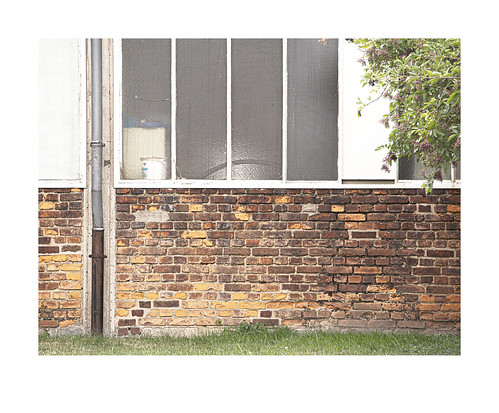Transition defense focal point in latest Knicks practice
Knicks #Knicks

Transition defense is clearly an issue for the Knicks — even if head coach Tom Thibodeau doesn’t want to admit it.
When pressed on the subject — the Knicks ranked 29th in points allowed per possession after live-ball turnovers last season and were poor in transition during the preseason — Thibodeau declared it a non-issue.
“I value different stats,” he said after practice in Tarrytown on Monday. “(Preseason was) too small a sample size.”
Yet behind closed doors, transition defense was the focal point of the team’s practice on Monday.
The Knicks gave up 32 points on their 15 turnovers in the 25-point preseason finale loss to the Washington Wizards. They gave up 29 points off 18 turnovers in the loss to the Minnesota Timberwolves and 17 points off 14 turnovers in the preseason opener against the Celtics — when Boston rested its best players.
“Transition defense. Getting back, talking. Stuff like that,” said Mitchell Robinson after practice on Monday. “So that’s what we’ve mainly been focusing on. Just communication.”
How does a team that struggled so mightily in transition situations improve for Wednesday’s season-opener against the Celtics?
The Celtics ranked 11th in transition points per game and fifth in points per transition opportunity last season — and those opportunities project to increase with the defensive pressure added with Boston’s acquisitions of Kristaps Porzingis and Jrue Holiday.
“Get back,” RJ Barrett said plainly after Monday’s practice. “Defense is effort. I think that’s about it.”
Thibodeau also suggested the metrics that suggest the Knicks are an isolation-heavy team are not accurate.
The Knicks ranked top-five in isolation frequency last season and averaged 0.99 points per isolation possession — or about one basket every two plays.
“The thing is if you’re high free-throw attempts, which we are, your assists are gonna be down, but often times what causes high free throws is the ball movement,” Thibodeau said. “So when you get two onto the ball, that’s what you’re striving for. When you get the ball into the paint, that’s what you’re striving for. You’re forcing the defense to collapse. That leads to free throws.”
Thibodeau said his team’s shot profile pushes back against the idea they run an iso-heavy offense. He also suggested a player like Julius Randle, who routinely commands double teams, uses isolation possessions to create open looks for his teammates.
“We were top-10 in three-point attempts, so somehow we’re getting those,” he said. “And we’re top-10 in three-pointers made. And I believe we were top-five in offensive efficiency, so we had to be doing something right.”
Thibodeau, however, has mentioned movement without the ball as an area he expects Randle to improve this season.
There’s obvious nuance to it all: A player of Randle’s size and stature should use his body to his advantage as often as possible — so long as it doesn’t come at the expense of the team. The Knicks’ All-Star was one of just four players to average 25 points, 10 rebounds and four assists last season — the others were former league MVPs — and the only question remaining is whether or not he can carry that level of production and efficient into the playoffs.
In basketball time, the playoffs are an eternity from now. The Knicks are focused on Boston, and cleaning up the mess they made in a disappointing preseason stretch they finished just 1-3.
The Knicks want to come out swinging to start the season, but the Celtics are bona fide heavyweight title contenders. Thibodeau’s group will need to get back on defense and swing the ball if they hope to stand a chance against Boston on Wednesday.
“They were loaded last year and then you add in a Holiday and a Porzingis,” Thibodeau said. “They’ve got a lot of weapons. A two-minute stretch or a three-minute stretch of making mistakes could cost you, particularly the way they can score the ball.”